by Penny Pawl, UC Master Gardener of Napa County
Napa County Master Gardeners invite a guest speaker to every monthly meeting, part of the MGs' continuing education requirement. Recently, the guest speaker was Pam Bone, who brought great knowledge and excitement to the subject of trees, her area of expertise.
Bone helped start the Master Gardener program in Sacramento 40 years ago and became the first California Master Gardener program coordinator. She has retired from UC Cooperative Extension but still volunteers at the help desk in the Master Gardeners' Sacramento office, gives talks and consults on landscape problems. She has a degree in plant science from U.C. Davis. She also provides tree advice to landscapers and others in the Sacramento area.
Speaking via Zoom to the UC Master Gardeners of Napa County, she addressed some of the many myths surrounding trees in our landscape. Topics she covered included trees planted in a lawn, staking young trees, root problems, topping trees, fertilizer and planting the right tree in the right place.
The myth about purchasing the largest tree you can afford: At the nursery, many people choose a large tree over a younger, smaller one of the same type. But the smaller one will likely do better when planted. Often large trees have leaf mass that is much larger than the root mass, and the roots cannot supply enough water to the canopy. The treetop suffers and the tree dies from lack of water. Bone showed us examples of plantings where every tree had died.
The myth about tree roots:When trees grow in a container, the roots are often overgrown. The trapped roots circle around themselves and are unable to spread out to anchor the tree properly when it's planted.
Although young trees may have a tap root, it is generally not long lived. Other roots, known as feeder roots, will grow, reaching out beyond the canopy to search for water and nutrients in the soil. I have seen this phenomenon in my own garden; redwood feeder roots are everywhere. According to Bone, 90 percent of a tree's roots are in the top 18 inches of soil. Ninety-nine percent of a tree's roots plunge no deeper than three feet.
The myth about fertilizing: Do not fertilize a sick tree, said Bone. Healthy soil has the elements a tree needs to thrive as long as the tree's other needs, such as sunlight and water, are met. Storebought fertilizer does nothing to help trees or many other woody shrubs grow. Instead, apply aged compost over the root zone, keeping the compost 12 to 15 inches away from the trunk. Compost keeps the soil cool, controls erosion and conserves water. And as it breaks down, it feeds the soil microbes.
The myth about planting trees in lawn: Trees and lawns have different water needs. Keep an area around the tree free of lawn and water the tree deeply but less often than the lawn. I had a large tree planted near my lawn, and although I watered the lawn constantly, it looked awful. When I finally let the lawn die, the tree died, too. I discovered that the entire lawn was undermined by the tree's feeder roots.
If you do have a tree planted in lawn that you have stopped watering, you still need to water the tree. Water deeply about once a month to keep it alive until we get rain.
The myth about staking newly planted trees: If you purchase a tree from a nursery, it will probably be staked. Remove this stake when you plant. The tree needs the ability to move with the wind; staking too tightly weakens the tree by restricting this movement. Just as humans build muscles through exercise, trees build strength through movement. Bone demonstrated how to properly stake a tree with two stakes and correct placement of supports.
The myth about using wound paste: Bone said that there was no need to use sealers or tree-healing products on pruning cuts. A deep wound or a cut that's too close to the trunk cannot be corrected with a sealer. Correct cuts will heal naturally.
Bone also advised against topping trees. Trees are meant to grow to a certain height; topping them can compromise their health. It reduces the leaves available to make food, weakens new branches and exposes the tree to disease and pests by allowing strong sunlight to enter the main parts of the tree and possibly cause sun scald.
Bone reminded us not to water our oak trees in summer. Compost and leaf litter should be left around the root zone but kept away from the trunk to prevent rot.
The UC Master Gardener website also has many resources to help you with tree care, planting and pruning.
Napa Library Talk: Napa County Master Gardeners will give a talk on “California Native Bees and Creating Bee Habitat” on Thursday, September 2, from 7 p.m. to 8 p.m. via Zoom. Learn how to attract bees of all kinds to your garden. Register here to receive the Zoom link.
Food Growing Forum: Napa CountyMaster Gardeners will present a discussion of “Culinary Herbs” on Sunday, September 12, from 3 p.m. to 4 p.m., via Zoom. Register here to receive the Zoom link.
Free Guided Tree Walk: Join Master Gardeners of Napa County for a tree walk in Fuller Park in Napa on Tuesday, September 14, from 10 a.m. to noon. Limited to 12 people per walk. COVID safety protocols will be followed. You will be asked health questions and asked to sign in. Face masks and social distancing are required. Register here.
Got Garden Questions? Contact our Help Desk. The team is working remotely so please submit your questions through our diagnosis form, sending any photos to mastergardeners@countyofnapa.org or leave a detailed message at 707- 253-4143. A Master Gardener will get back to you by phone or email.
For more information visit http://napamg.ucanr.edu or find us on Facebook or Instagram, UC Master Gardeners of Napa County.
Attached Images:
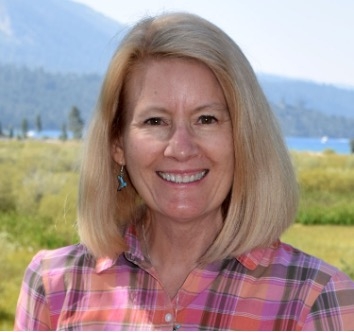
Pam Bone, UC Master Gardener and a recent speaker at our seminar. (homeandlandscapeexpo.com)
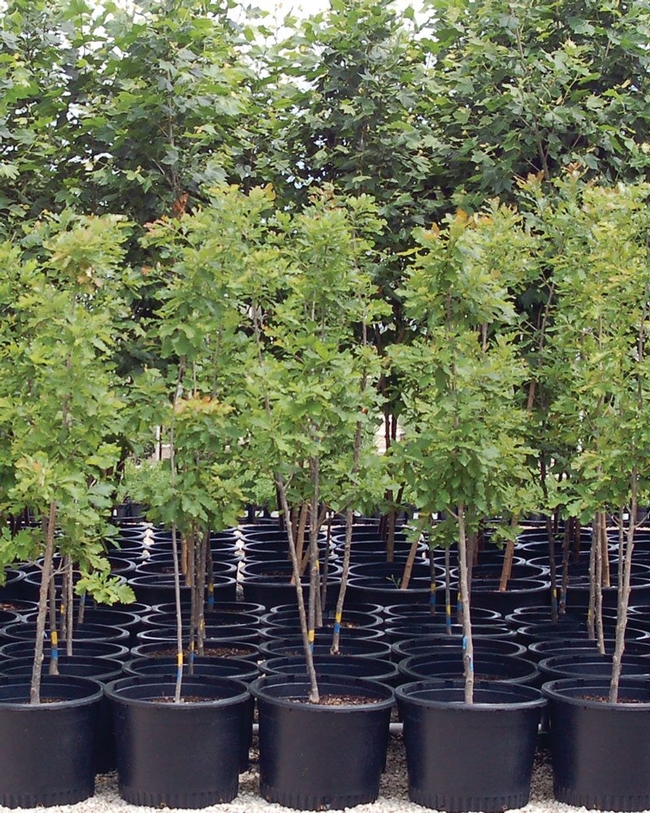
Potted trees at nursery. (kb.jniplants.com)
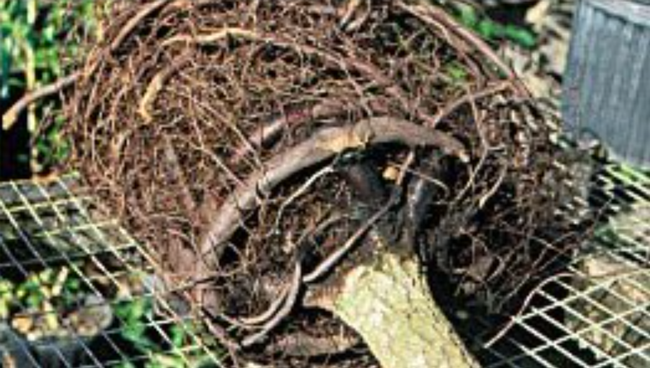
A root bound tree stops a tree from growing. (p4photel.com)
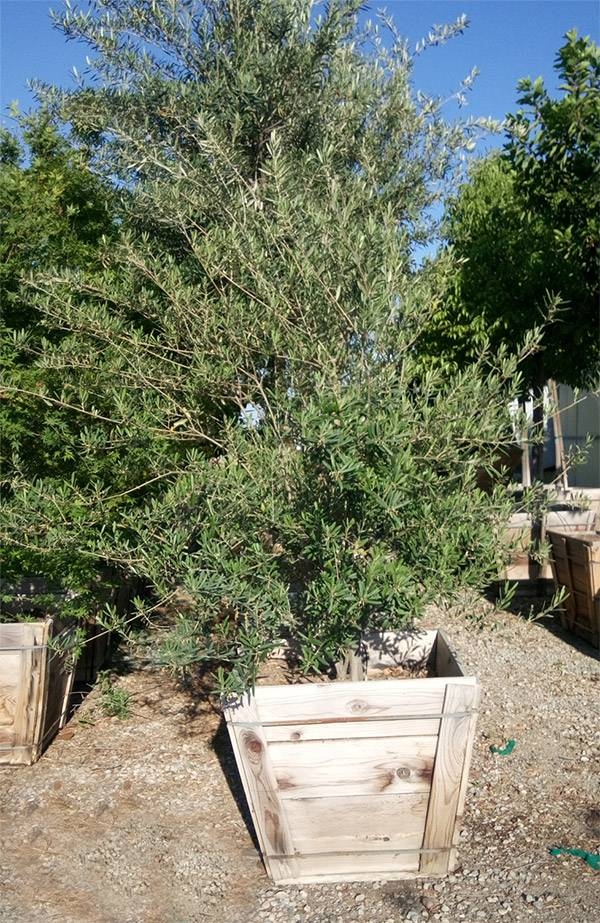
Boxed trees are not always the best choice for an instant garden. (sunshinegrowersnursery.com)
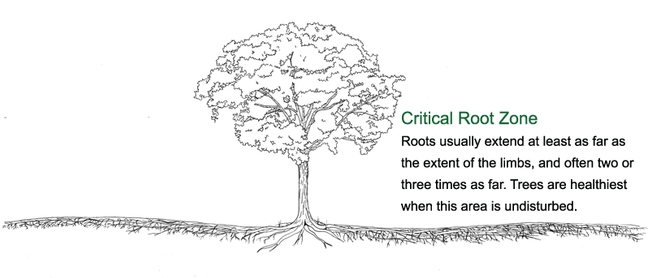
Understanding the extent of the root zone is critical. (atlantatreecommission.com)
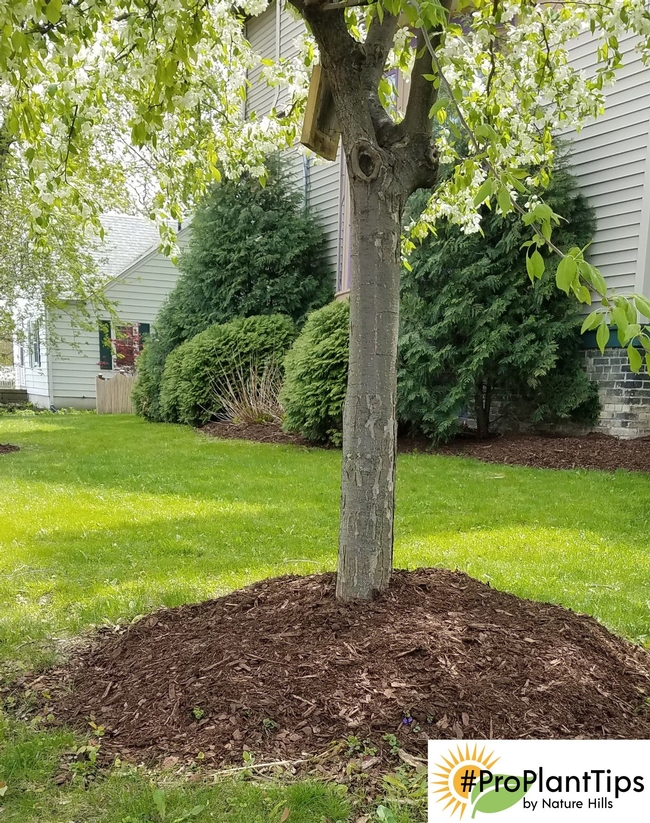
This photo illustrates two of Penny's points. One, keep mulch away from the trunk. Two, trees do not belong in the middle of lawn. (pinterest.com)
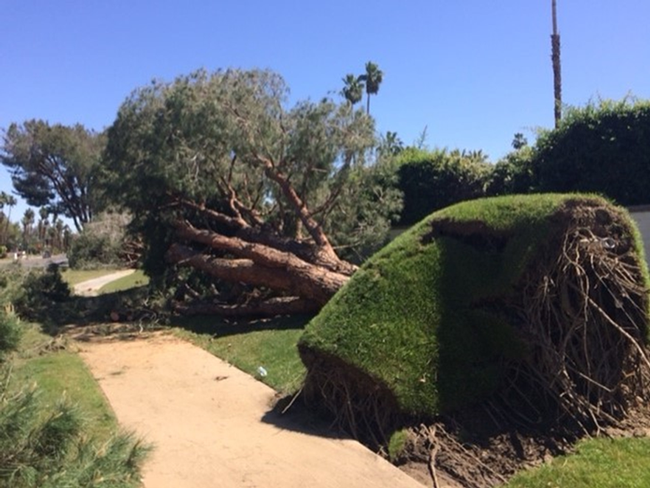
Tree failure due to improper irrigation. Also, it looks like the canopy was too massive for the roots to hold in place. (cagardenweb.ucanr.edu)
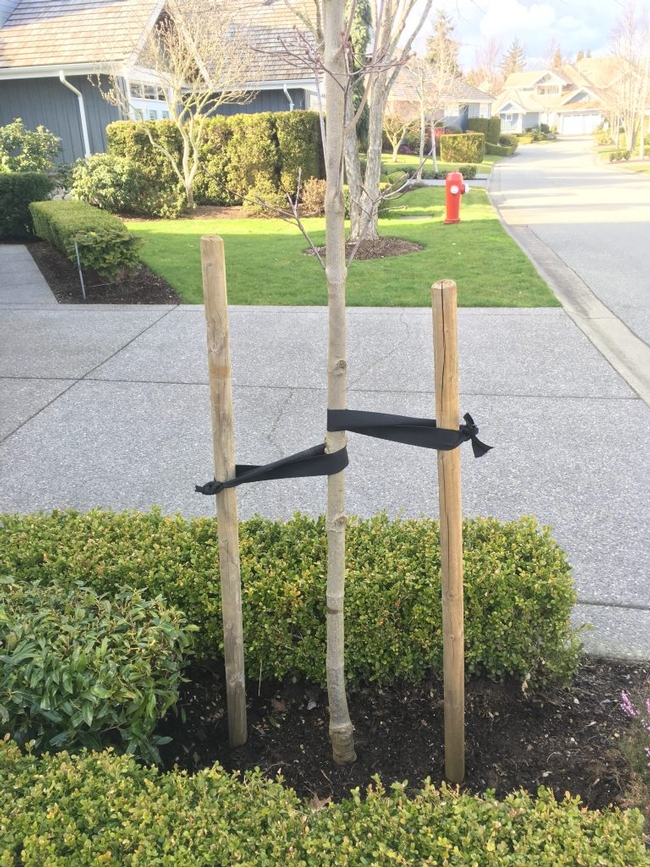
Even correctly staked trees such as this one should have staking removed as the tree grows and strengthens. (properlandscaping.com)
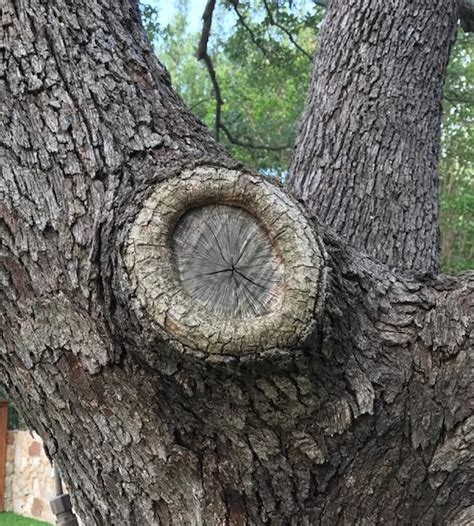
The lighter growth ring where the limb was removed is the hardened healing hormone the tree makes for itself--no wound compound needed. (dirtdoctor.com)